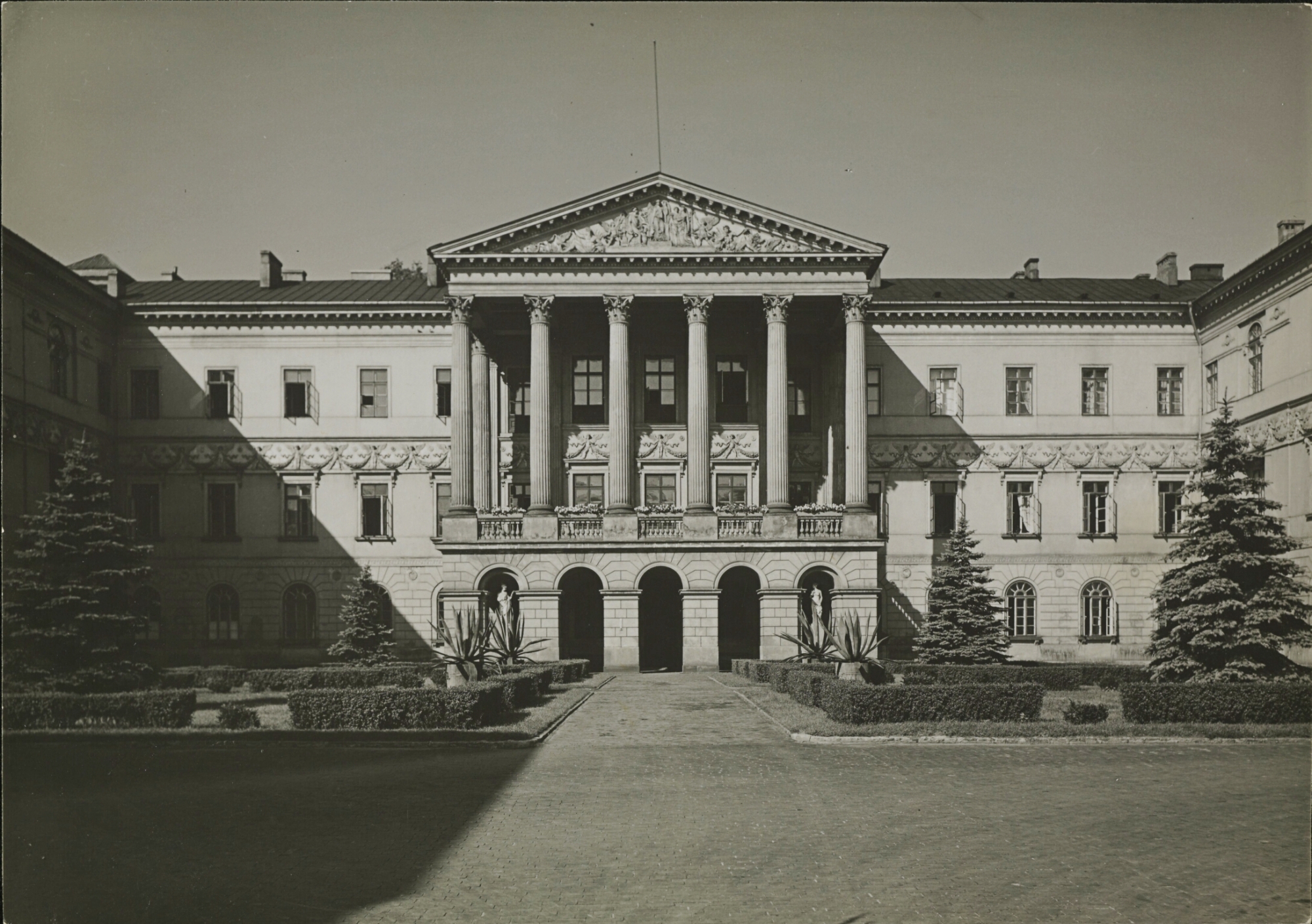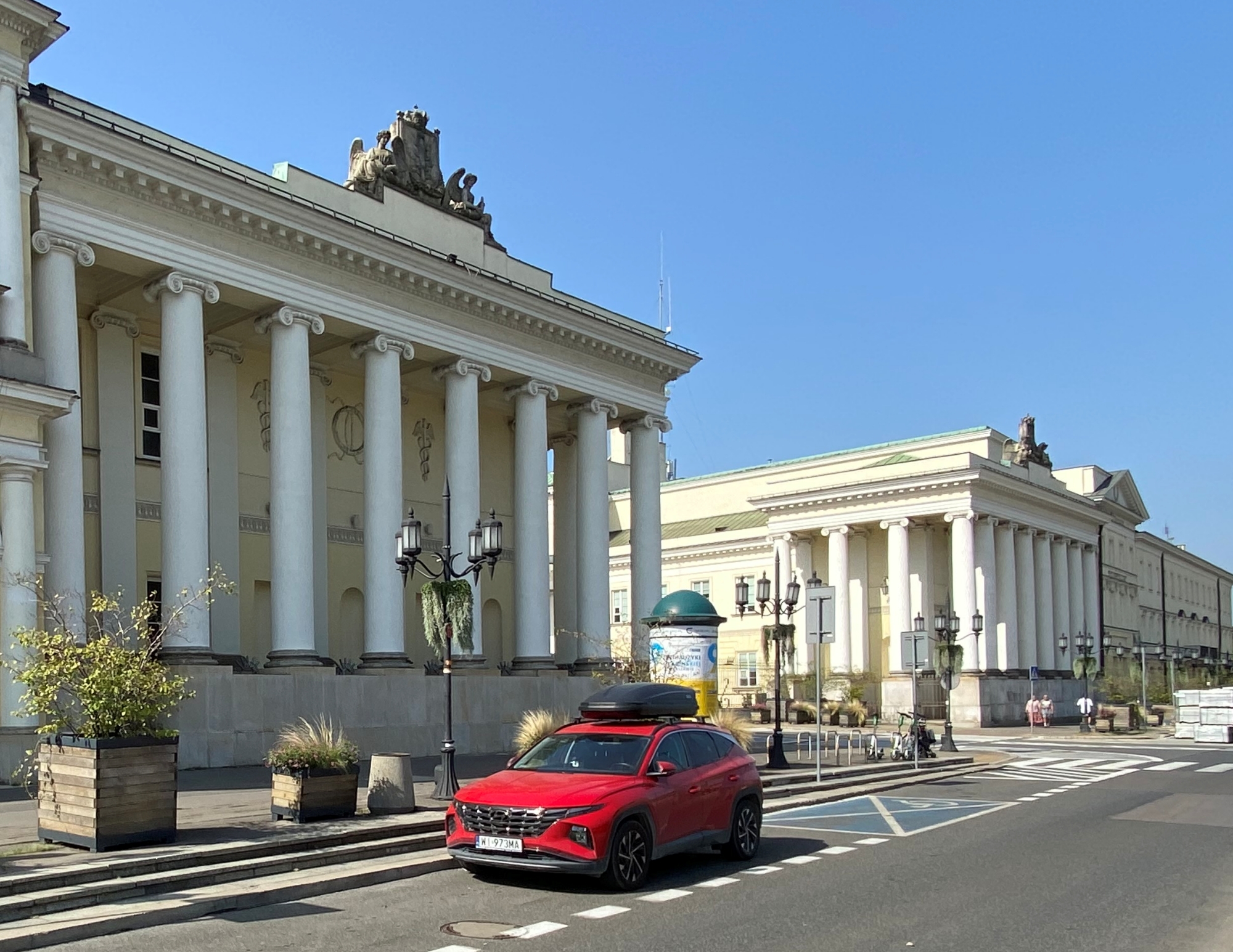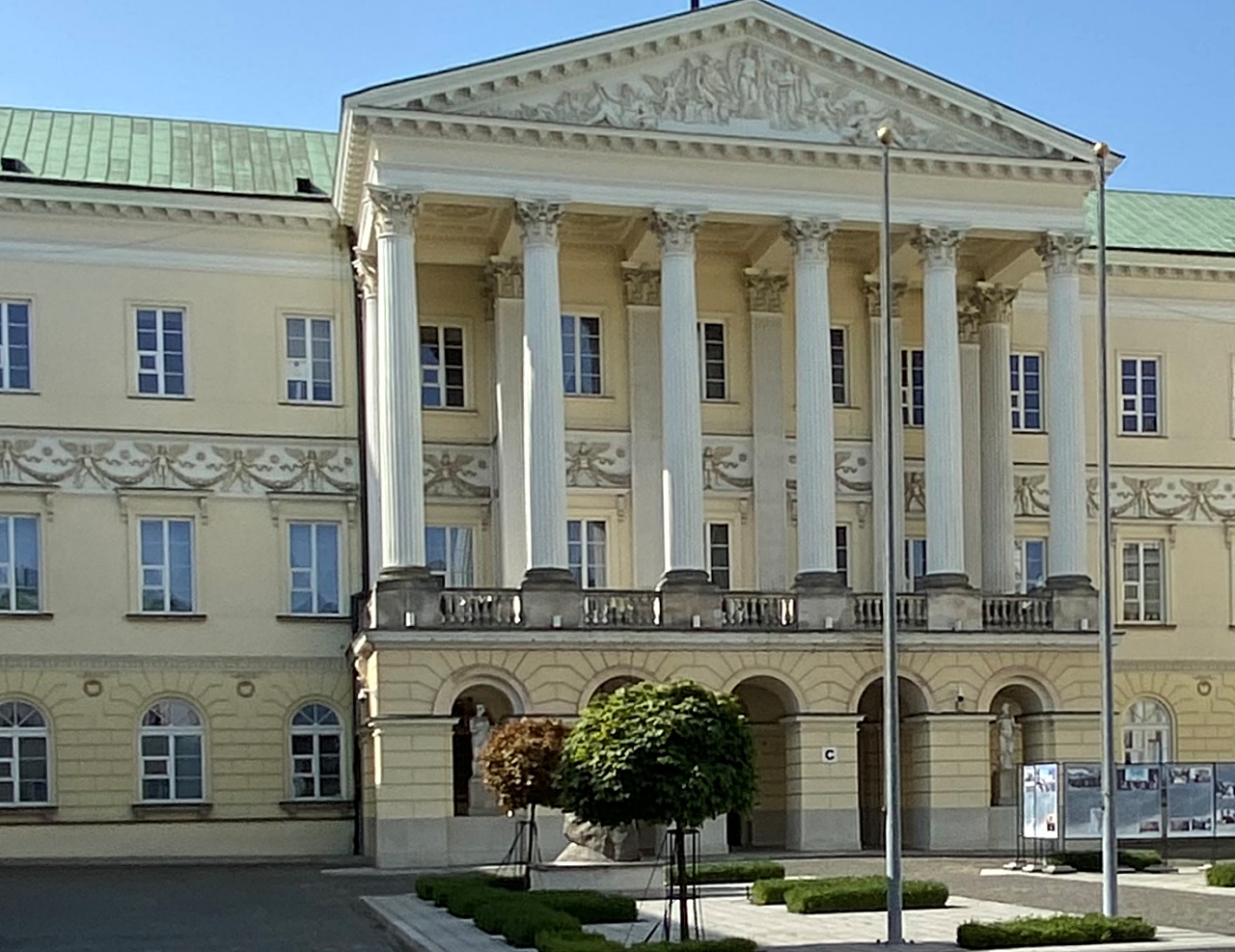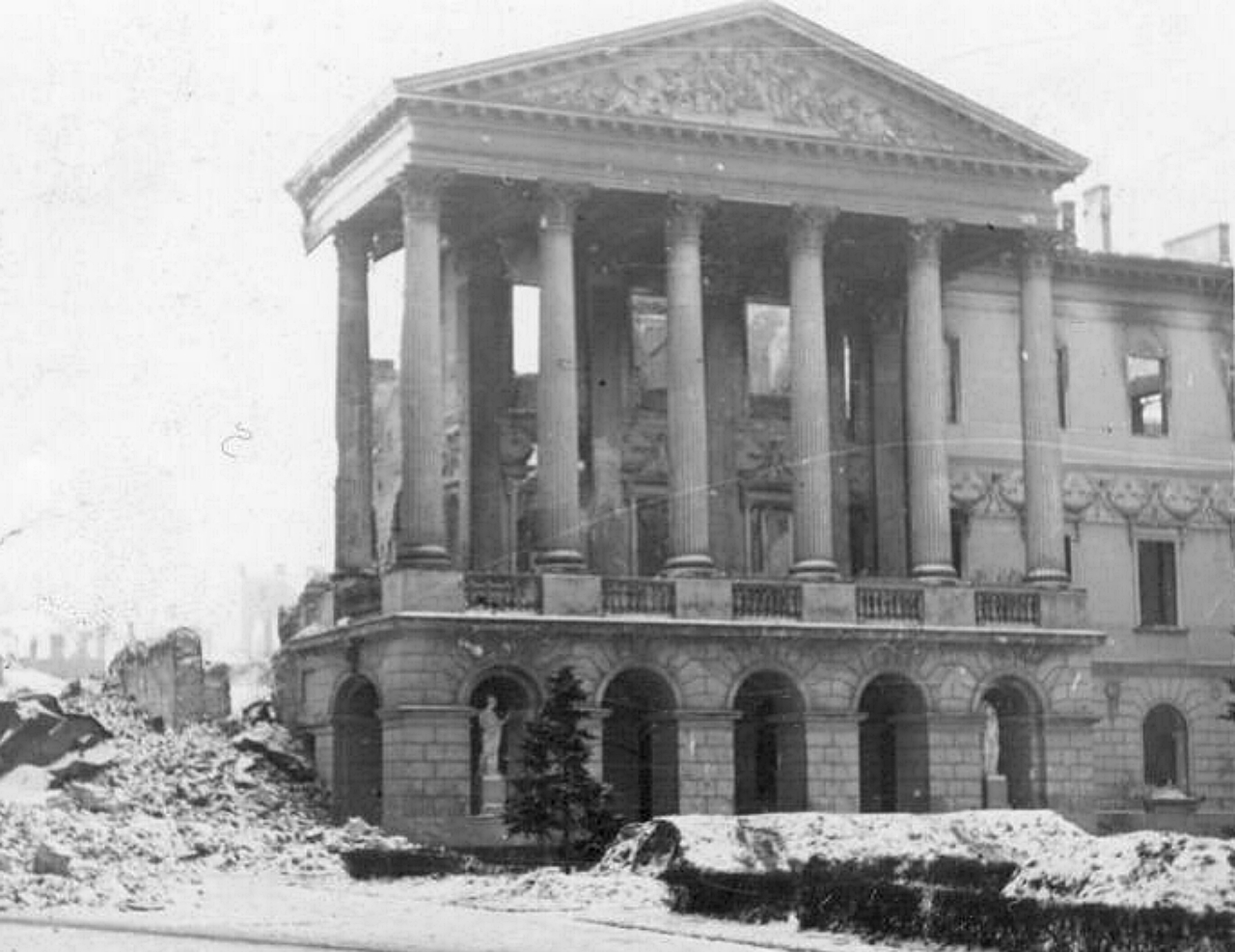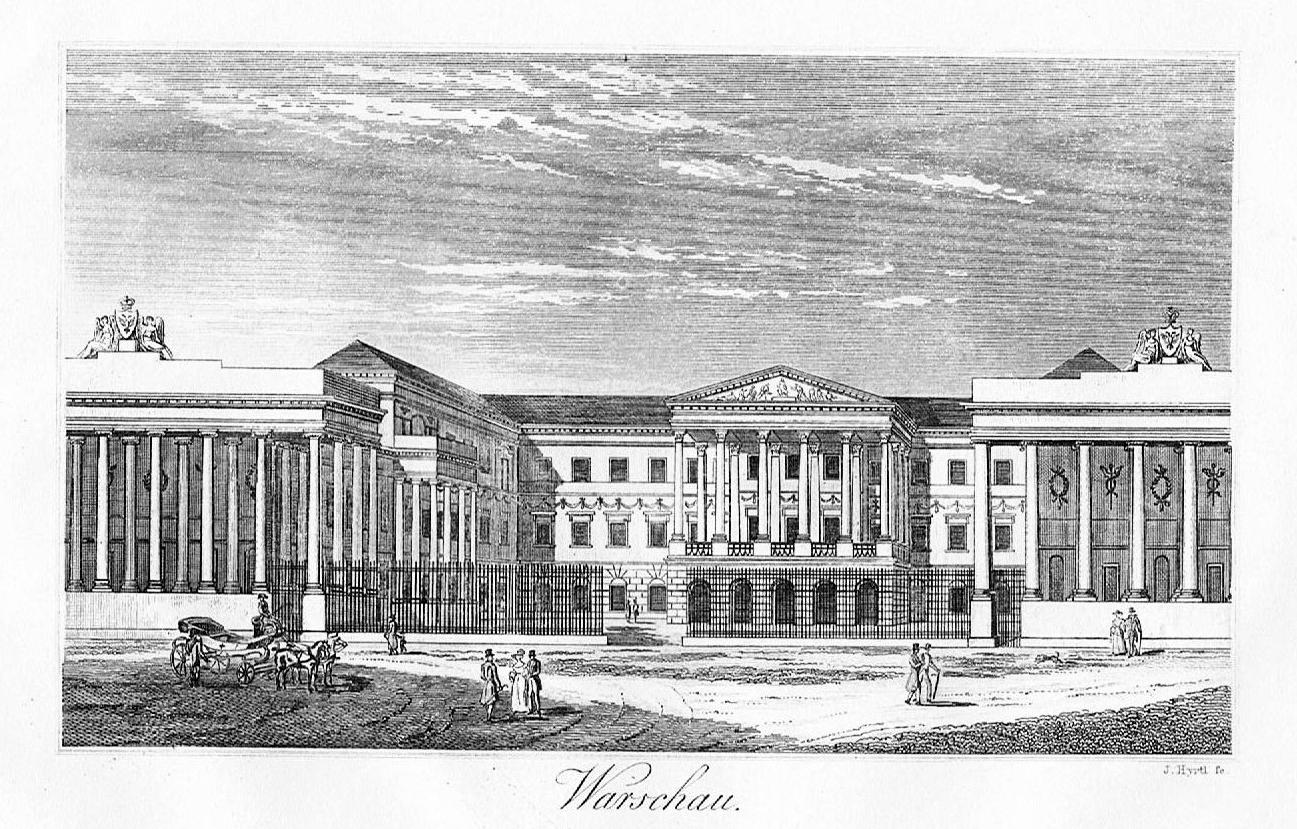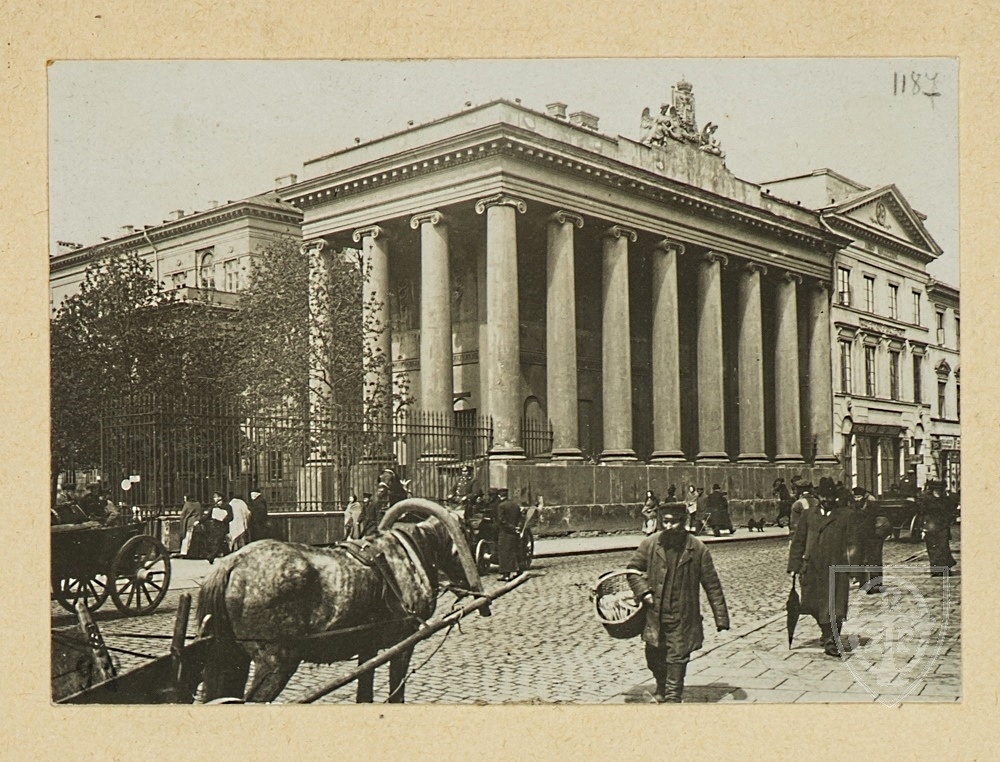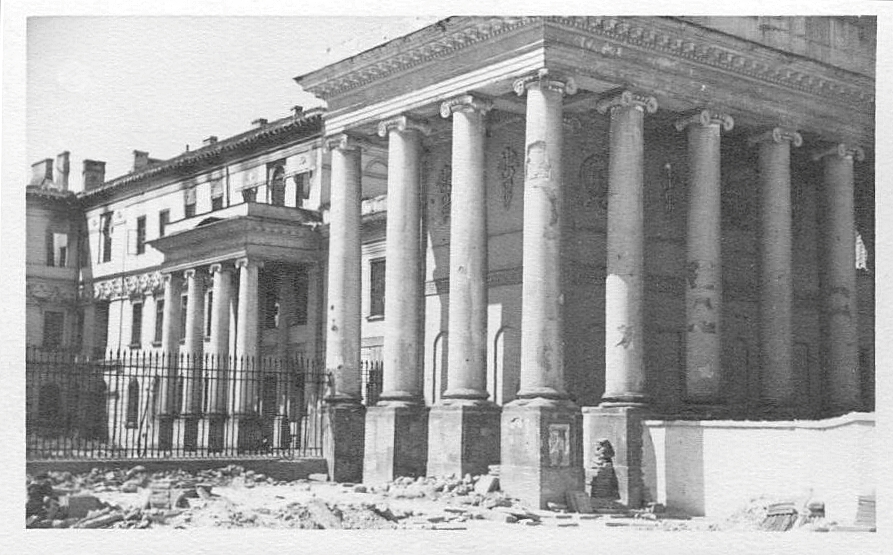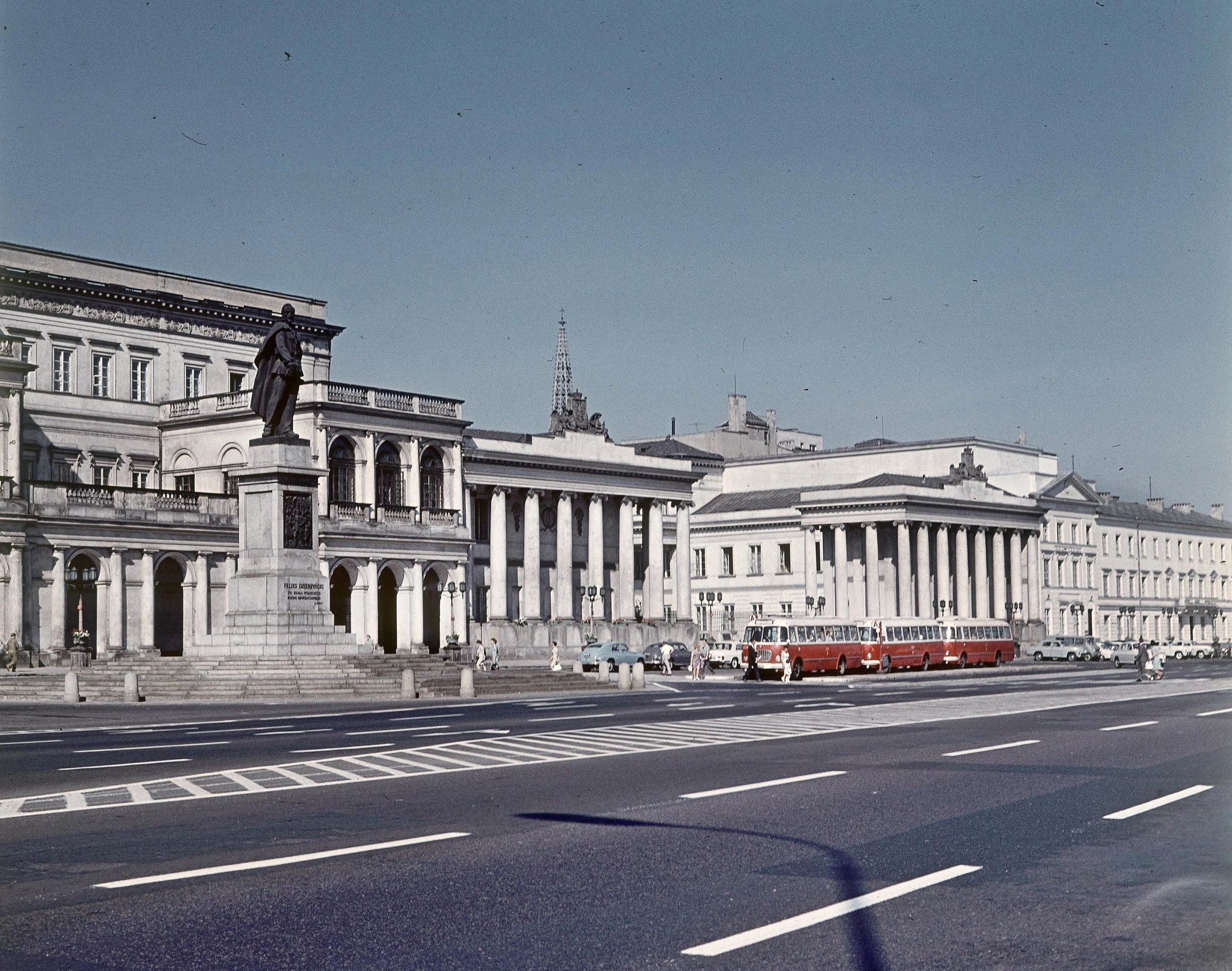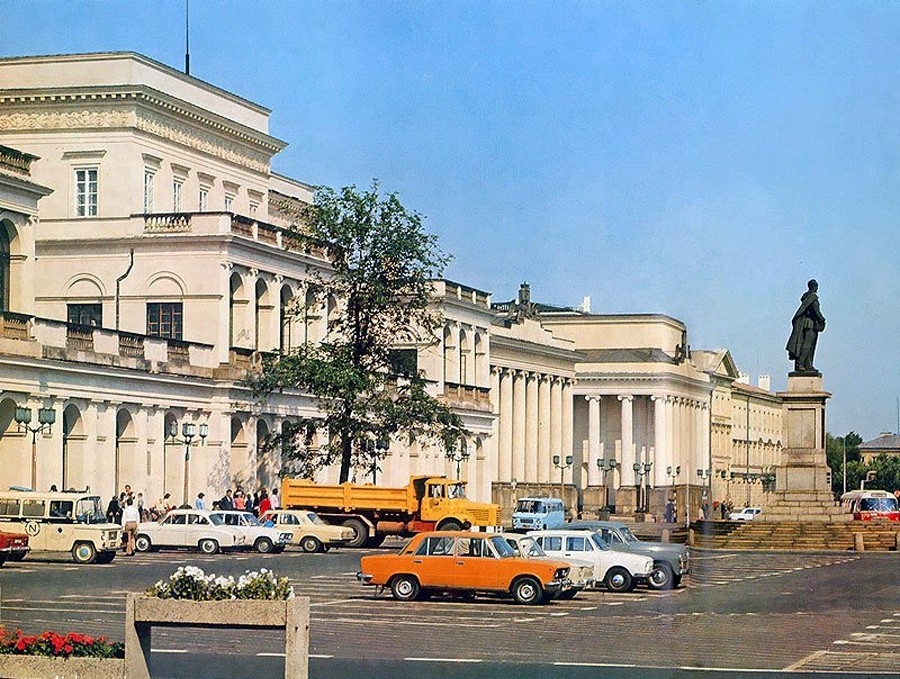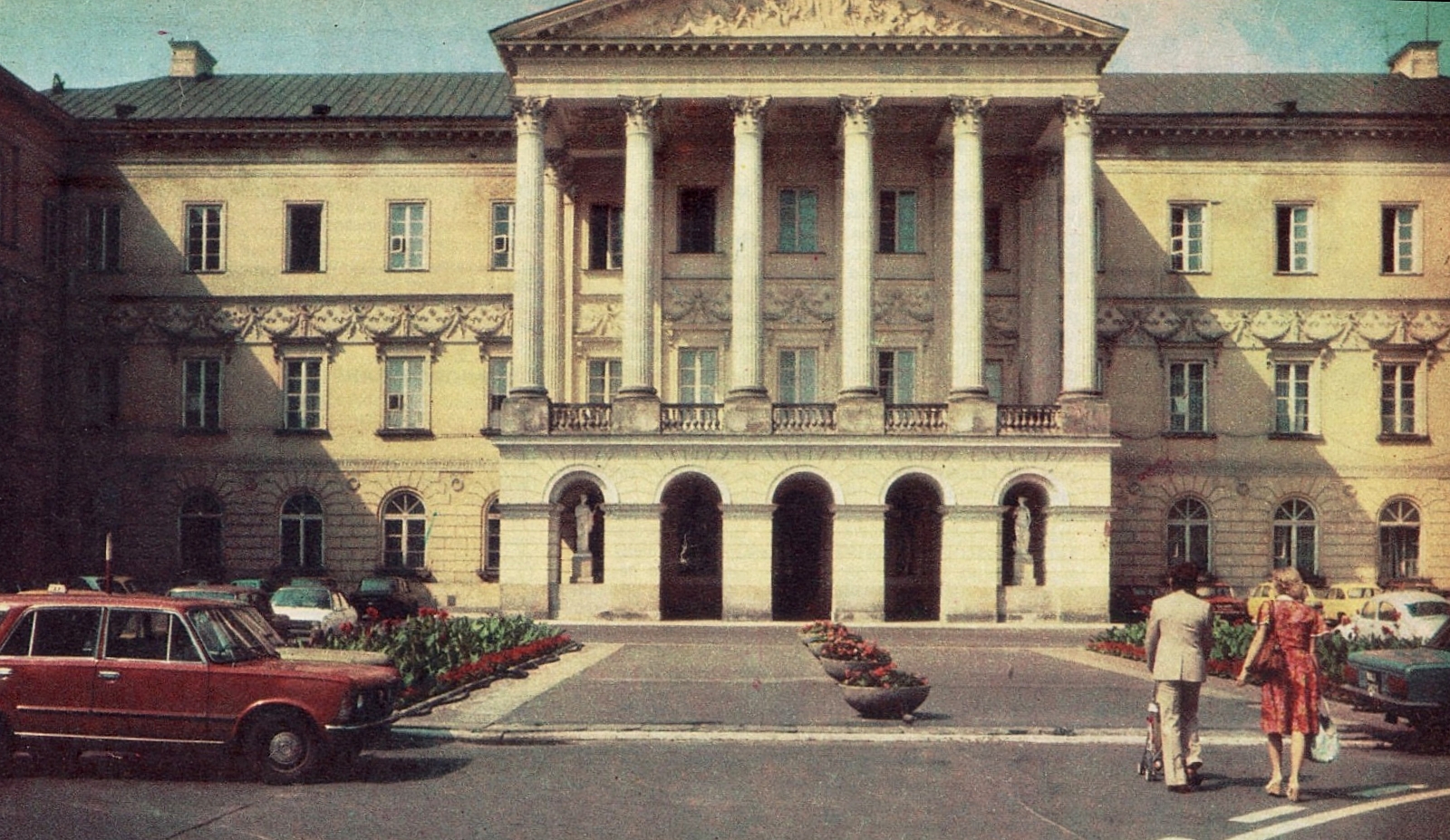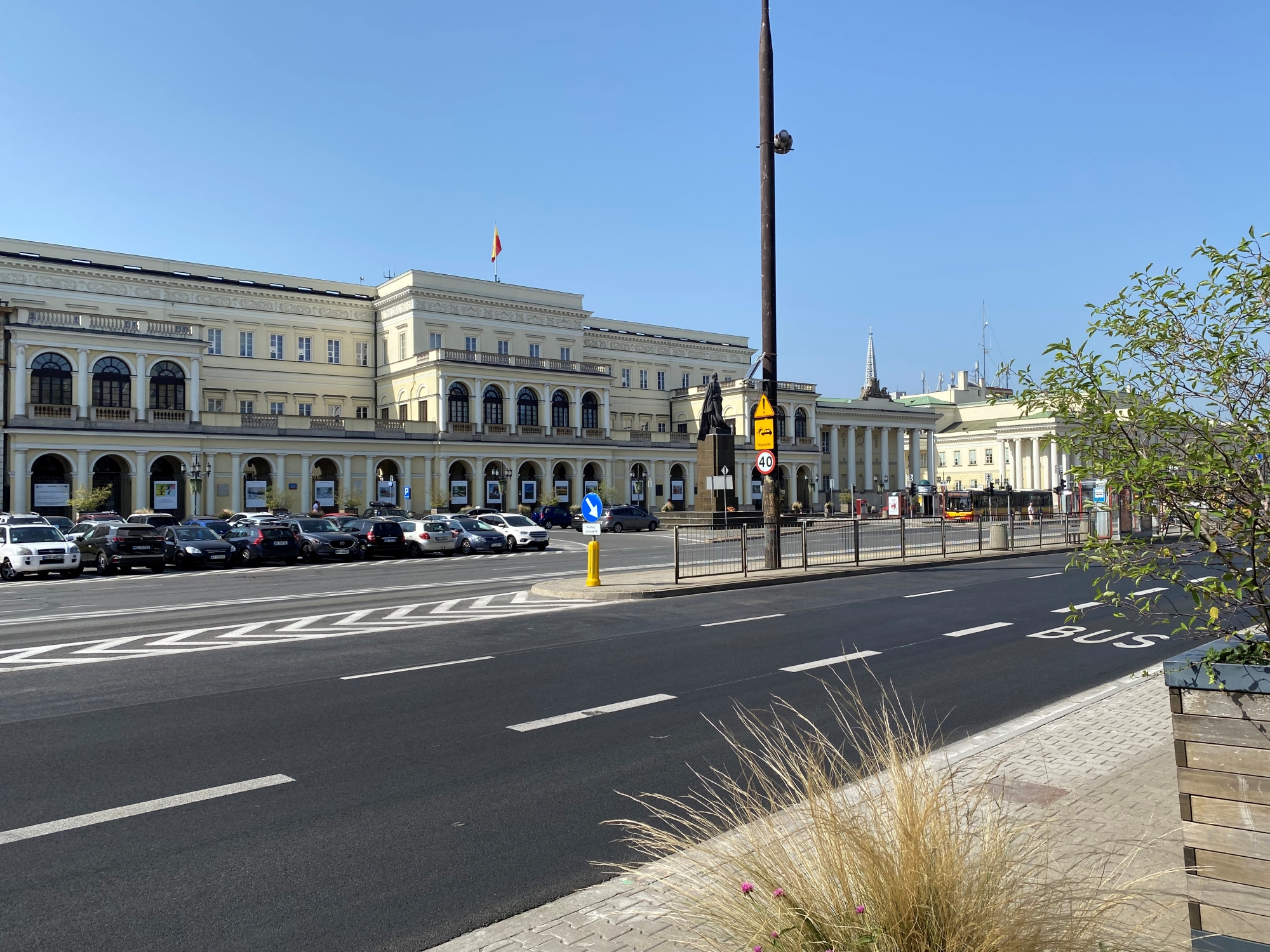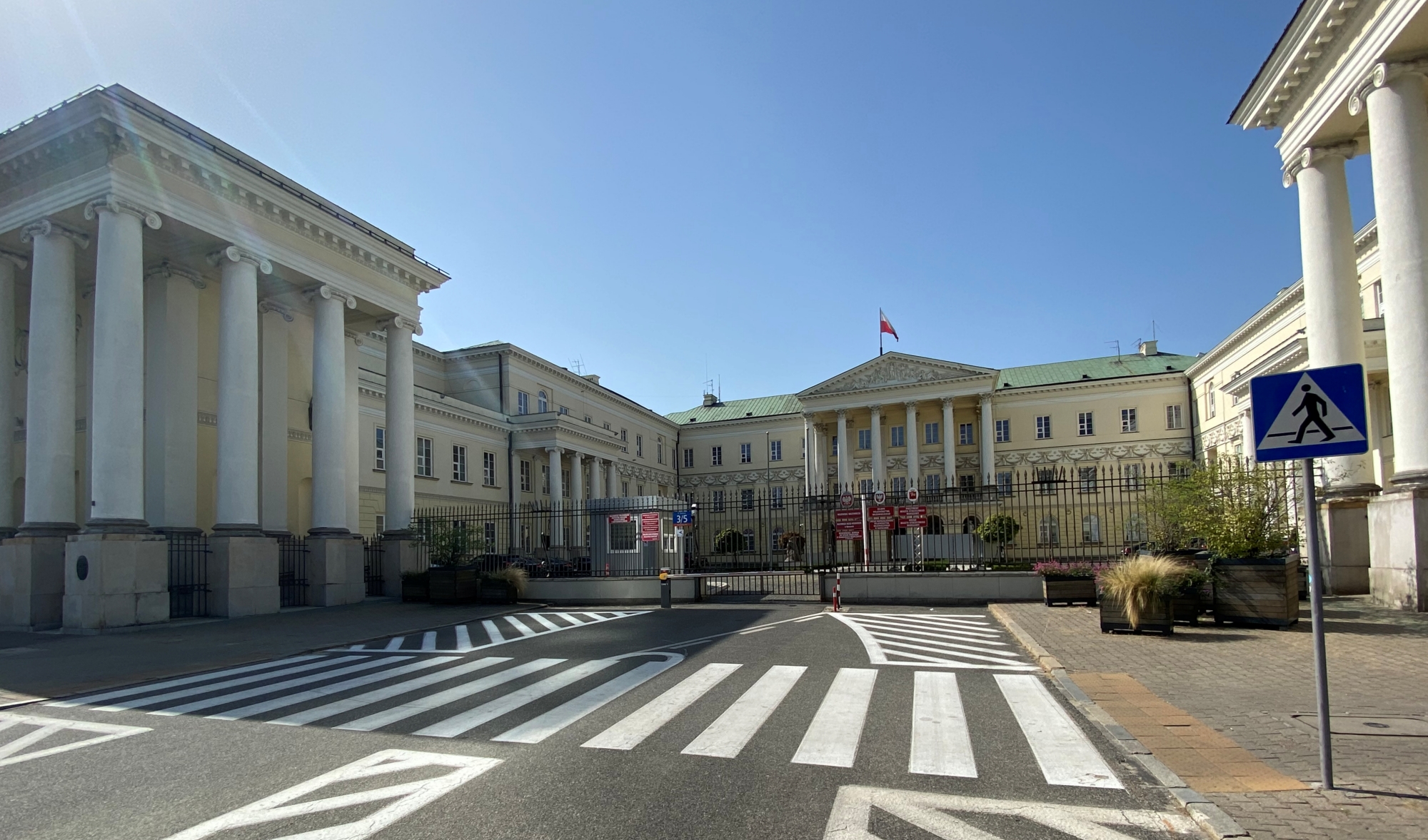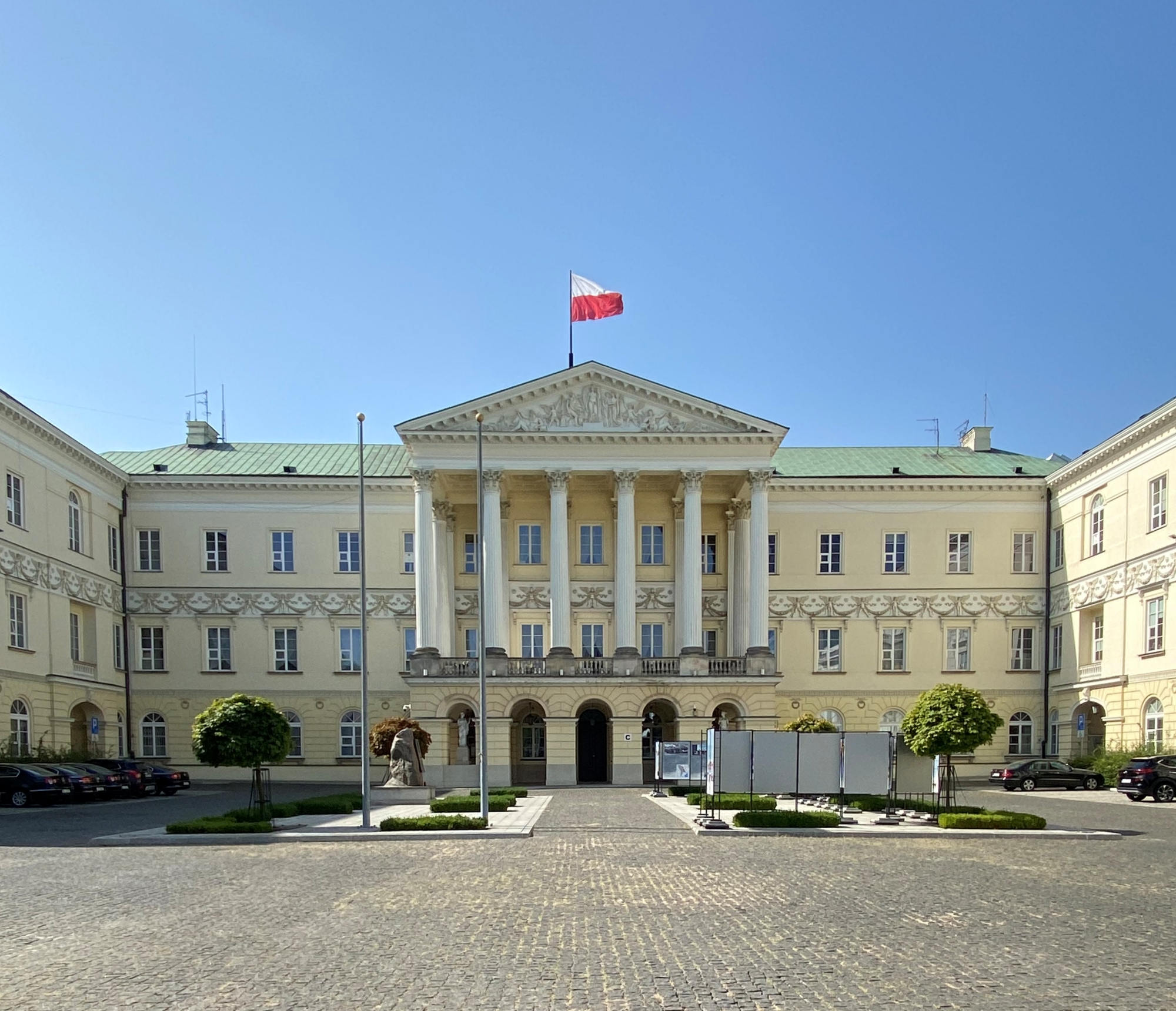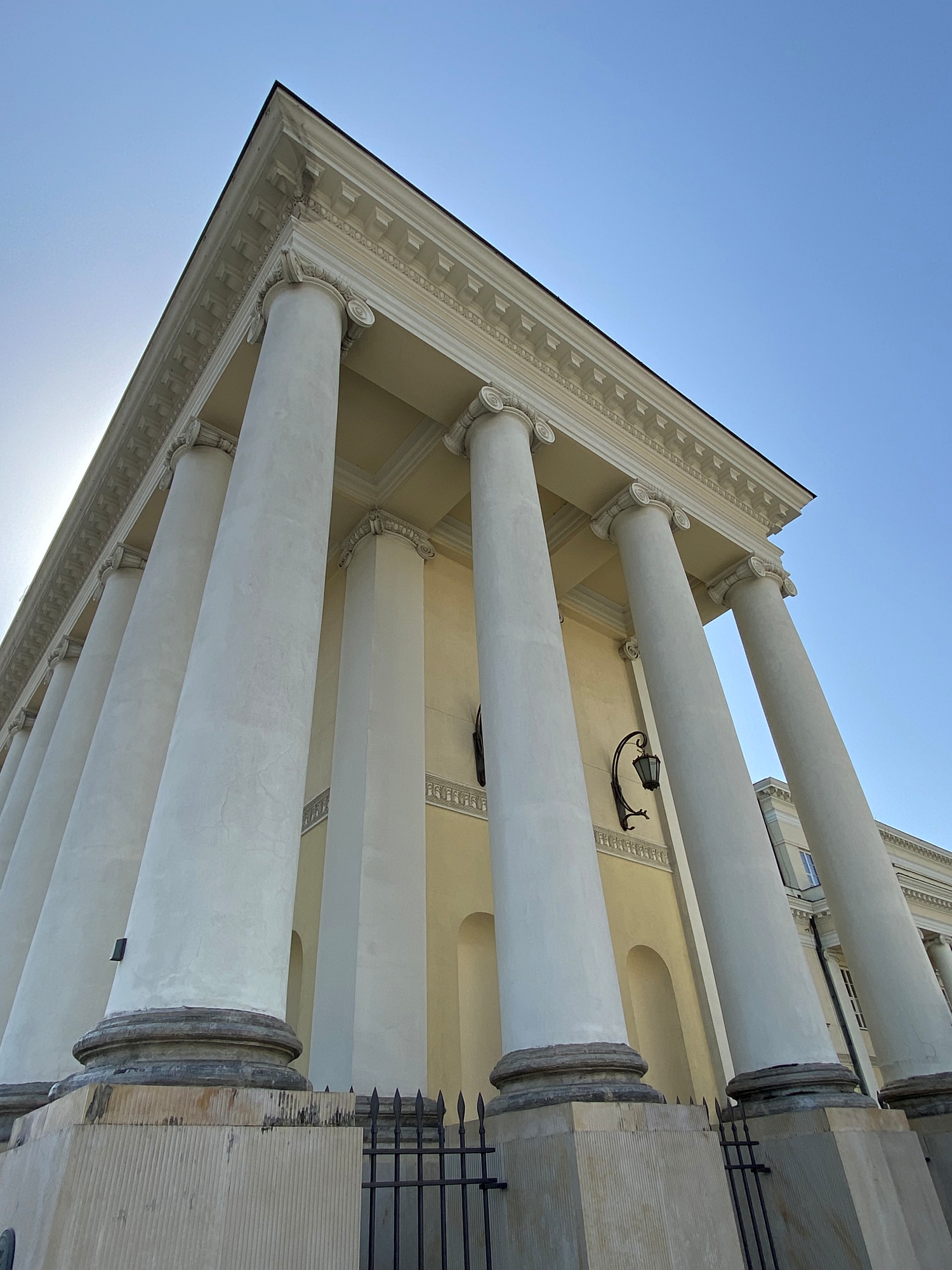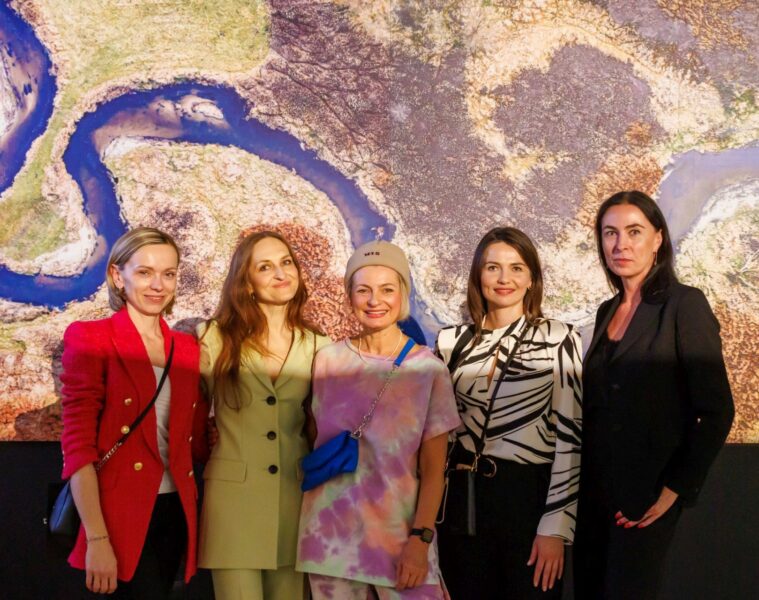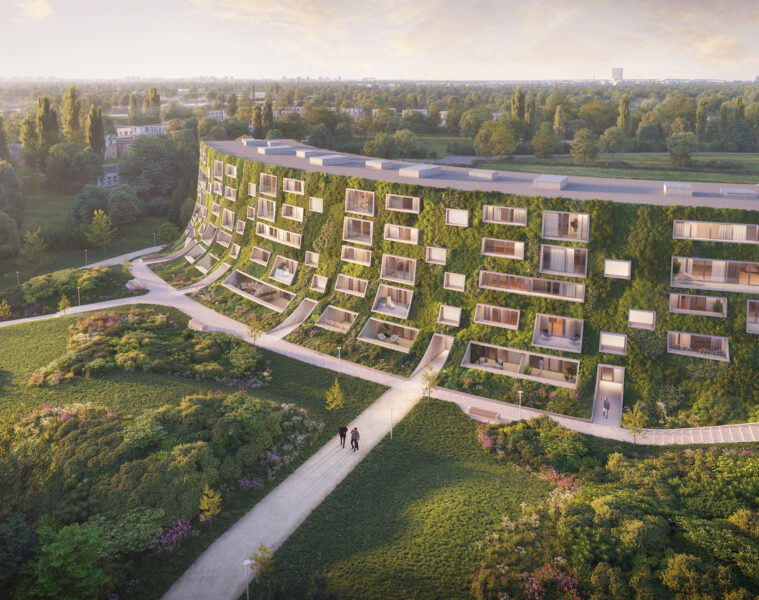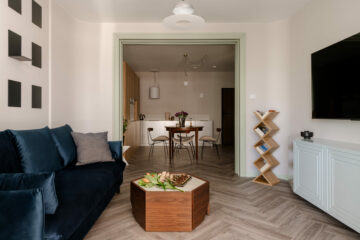The Warsaw City Hall is a building that dates back to the 17th century. Its present form was given to it during the reconstruction of 1823-1825 and the adaptation of the building into the Palace of the Government Commission of Revenue and Treasury. It is located at 3/5 Bank Square and is one of Warsaw’s most monumental edifices.
The palace was built in the classicist style as a result of a reconstruction of the baroque Leszczyński Palace designed by Antonio Corazzi. It was then given the form of an entre cour et jardin type residence with a semi-enclosed front courtyard. The architect kept the earlier baroque plan of the building, but gave it a new form. It consists of a main body and two wings with Ionic colonnades on the square side. The tympanum features a bas-relief by Paweł Maliński depicting Minerva, Mercury and Jason, and allegories of the Vistula and Bug rivers.
Warsaw City Hall. Photo: whiteMAD/Mateusz Markowski

During the interwar period, the building, after the adaptation carried out in 1919-1921 by Marian Lalewicz, was the seat of the Treasury Ministry, together with the neighbouring palace of the Minister of the Treasury. The palace was destroyed by the German air force in September 1939. It was rebuilt in 1950-1954 under the direction of Piotr Biegański for the Presidium of the Warsaw National Council. Currently, the building houses the seat of the President of the City of Warsaw, the offices of the Warsaw City Hall and the Mazovian Voivodeship Office. Together with the neighbouring Palace of the Ministers of the Treasury and the building of the Bank of Poland, it forms a harmonious architectural whole.
Source: zabytek.pl,
Read also: Architecture in Poland | Monument | Palace | History | Warsaw | Interesting facts
Years 1935-1939 and 2023. Frontage of the Palace of the Government Commission for Income and Treasury. Source: Digital National Library Polon and whiteMAD/Mateusz Markowski
The turn of the 19th and 20th centuries and today. Source: Polona National Digital Library and whiteMAD/Mateusz Markowski
The ruined front of the building at the beginning of the war and today. Source: National Archives in Warsaw and whiteMAD/Mateusz Markowski



